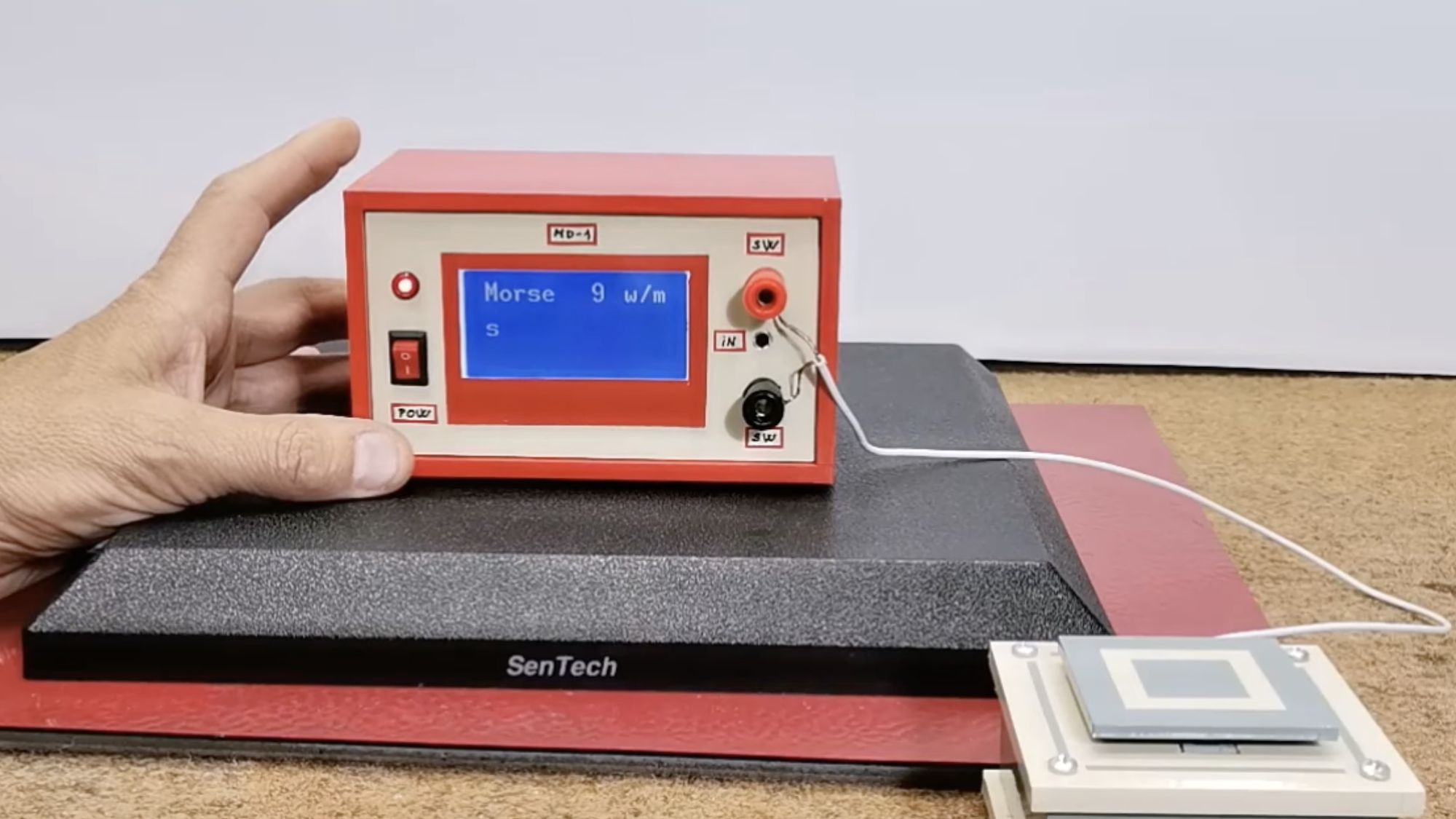

You’ll likely never need to chat with anyone using Morse code—but the skill remains an impressive and historically significant method of communication. There’s even still a dedicated international community of hobbyists sending out daily “dits” and “dahs” to one another. And although it’s no longer a popular means of long-distance chatting, both the US Navy and Coast Guard still sometimes use Morse code through signal lamps, and it remains an effective tool for certain people with disabilities.
For those interested in toying around with the medium, a YouTuber named Mirko Pavleski recently designed and constructed a dedicated Morse code trainer capable of relaying audio, light, and tap-based messages. What’s more, the Arduino-powered device’s small LCD screen also displays translations at speeds as fast as 60 words-per-minute—quicker than even some professional-level human Morse code translators.

First developed in the 1830s by Samuel Morse, Morse code served as a de facto global messaging method for over 110 years. One of the reasons Morse code remained in use for so long was the simplicity of its underlying technology. In its most basic form, users send each other weak electrical signals across wires by tapping a small device, which is then frequently registered with a small light or audio tone. By the 1960s, however, most industries had swapped out the code for other radio and telecommunications methods. Even so, it wouldn’t be until 1999 that Morse code was officially retired as the international standard for long-range maritime communications in favor of satellite technology.
[Related: Spies once used knitting to send coded messages—and so can you.]
While electronics have advanced exponentially since Morse code’s debut, Pavleski’s translator is similarly basic by modern standards—an Arduino Nano microcontroller board, a small LCD screen, a tiny processor chip, a couple capacitors, a resistor and diode, as well as some additional wiring. Once assembled, the parts are housed in a nifty-looking custom case that includes two ports and a power switch.

If you feel like all this may be over your head, don’t worry— Pavleski by his own admission doesn’t actually know much Morse code, and uses pre-recorded audio clips to demonstrate his translator software and device. As Hackaday explains, the DIY gadget is capable of accepting input from any audio source while translating in real time the Morse code tones into English. There’s even an external port that allows a user to connect a keyboard or dedicated Morse code paddle so they can tap their own messages or practice learning the various patterns. If that weren’t enough, Pavleski has also uploaded a modified version of the device that converts keyboard typing inputs into audio Morse code.
Pavleski’s full schematics and step-by-step outlines are available online for free, while the actual components can all be purchased pretty cheaply. But even if constructing a Morse code trainer is beyond your skill set, it’s still cool to know people are still inspired by the nearly 180-year-old system.















